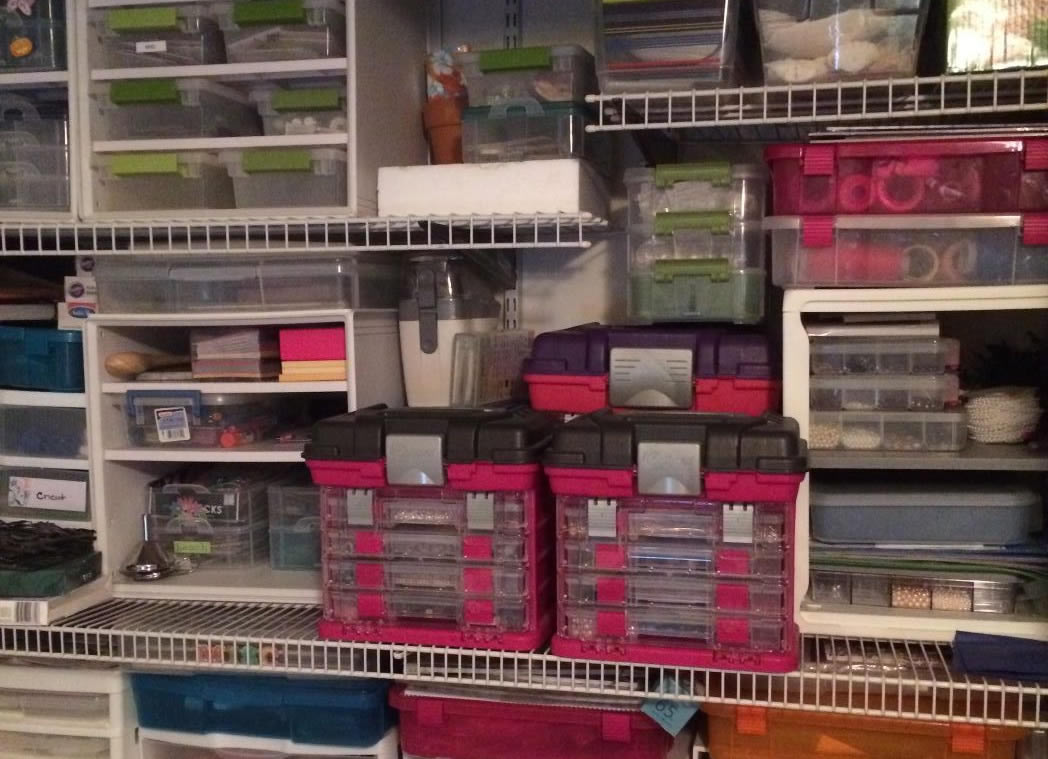Packaging is the science, art and technology of enclosing or protecting products for distribution, storage, sell, and use. Packaging also refers to the process of designing, evaluating, and producing packages. Packaging can be described as a coordinated system of preparing goods for transport, warehousing, logistics, sale, and end use. Packaging contains, protects, preserves, transports, informs, and sells. In many countries it is fully integrated into government, business, and institutional, industrial, and personal use.
The purposes of packaging and package labels
Packaging and package labeling have several objectives:
Physical protection – The objects enclosed in the package may require protection from, among other things, mechanical shock, vibration, electrostatic discharge, compression, temperature, etc.
Barrier protection – A barrier to oxygen, water vapor, dust, etc., is often required. Permeation is a critical factor in design. Some packages contain desiccants or oxygen absorbers to help extend shelf life. Modified atmospheres or controlled atmospheres are also maintained in some food packages. Keeping the contents clean, fresh, sterile and safe for the duration of the intended shelf life is a primary function. A barrier is also implemented in cases where segregation of two materials prior to end use is required, as in the case of special paints, glues, medical fluids, etc. At the consumer end, the packaging barrier is broken or measured amounts of material are removed for mixing and subsequent end use.
Containment or agglomeration – Small objects are typically grouped together in one package for reasons of storage and selling efficiency. For example, a single box of 1000 pencils requires less physical handling than 1000 single pencils. Liquids, powders, and granular materials need containment.
Information transmission – Packages and labels communicate how to use, transport, recycle, or dispose of the package or product. With pharmaceuticals, food, medical, and chemical products, some types of information are required by government legislation. Some packages and labels also are used for track and trace purposes. Most items include their serial and lot numbers on the packaging, and in the case of food products, medicine, and some chemicals the packaging often contains an expiry/best-before date, usually in a shorthand form. Packages may indicate their construction material with a symbol.
Marketing – Packaging and labels can be used by marketers to encourage potential buyers to purchase a product. Package graphic design and physical design have been important and constantly evolving phenomena for several decades. Marketing communications and graphic design are applied to the surface of the package and often to the point of sale display. Most packaging is designed to reflect the brand’s message and identity.
Information on Wikipedia











